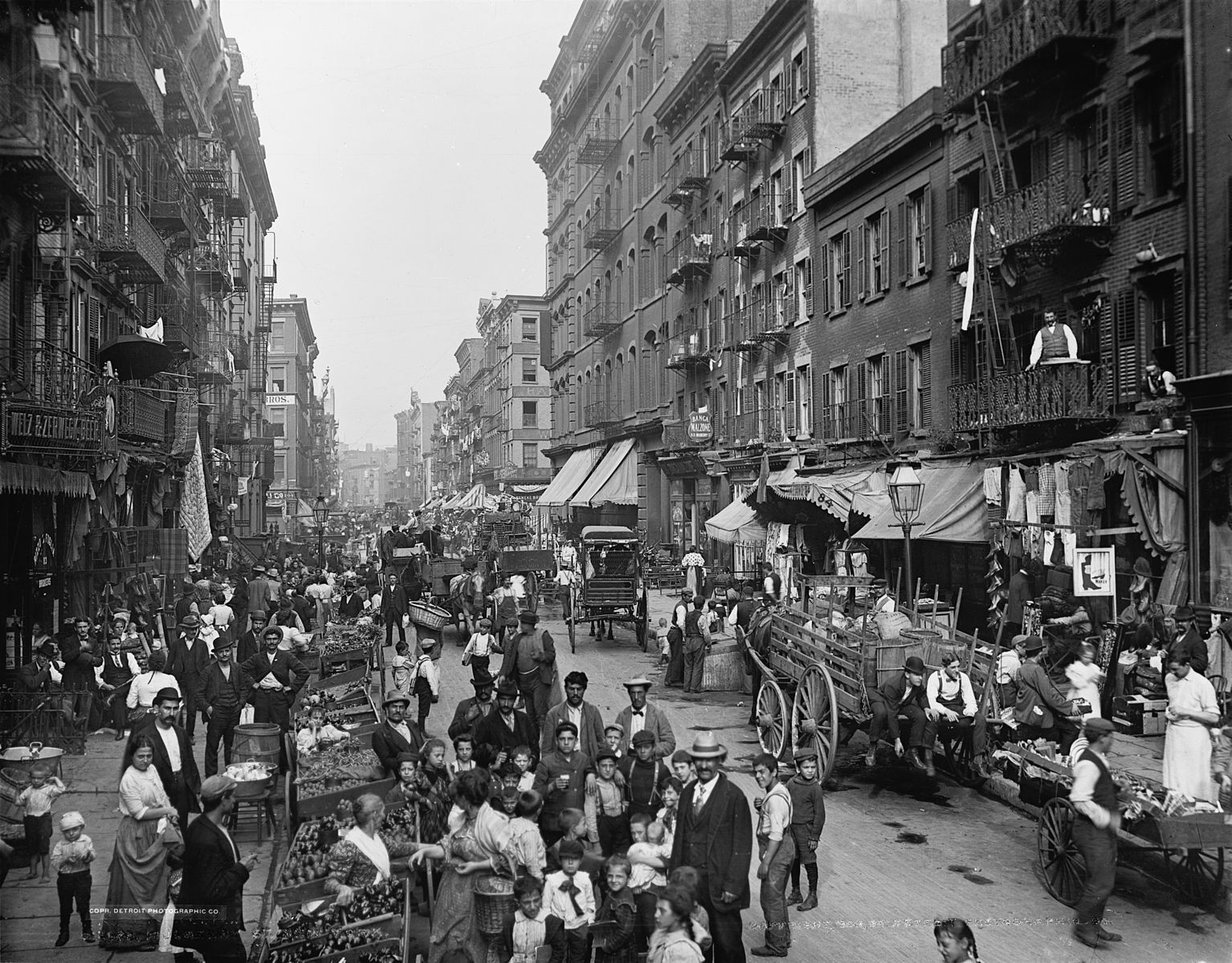Assimilation in New York
The first Italians to immigrate to New York were mainly from the Southern regions of Italy, such as Sicily, Campania, and Calabria. They came to the United States in search of better economic opportunities and to escape poverty. Many of them settled in New York City and worked in industries such as construction, garment manufacturing, and food service. During this time these immigrants faced many challenges and discrimination. When Italians first immigrated to New York through Ellis Island they were categorized by color, race, complexion, and nationality. This categorization not only made the assimilation process difficult but also led to prejudices and discrimination against Italian Americans. These categories were written on official documents during immigrants’ arrival to the United States. As described in Thomas Guglielmo’s “No Color Barrier: Italians, Race and Power in the United States” this had a huge impact on the way these immigrants were treated. For example, Thomas Guglielmo explains that “Italians were white on arrival in America, then, regardless of where they happened to arrive” (Guglielmo, 40). This means that in the color category of immigration paperwork, officials would write white. This allowed Italian immigrants to benefit from racist policies in favor of whites. It also meant that there weren’t deprived of as many opportunities as other minorities at the time, including African Americans and Hispanics. However, Guglielmo also notes that this whiteness was conditional, and that Italians had to actively work to maintain their white status by distancing themselves from non-white groups and participating in racial discrimination. So even though Italian immigrants were considered white they were still subject to discrimination due to their "race" and "complexion". One example of this discrimination is shown when the library of congress explains, “From the late 1880s, anti-immigrant societies sprang up around the country, and the Ku Klux Klan saw a spike in membership. Catholic churches and charities were vandalized and burned, and Italians attacked by mobs. In the 1890s alone, more than 20 Italians were lynched” (Library of congress, Under Attack). This alone underscores the severity of the violence and the disregard for the lives of Italian immigrants. This also shows that even though they were considered “white on arrival” they identity was still a huge factor in their assimilation and their white statues didn’t stop them from being discriminated against.
This was especially true for Italian immigrants who arrived in the United States after the start World War II. This is because they were often considered "enemy aliens" and were subjected to intense scrutiny. This made it even more difficult for them to integrate into American society and become fully accepted as citizens. History channel author Erin Blakemore explains, “Italians were painted as subhuman and undesirable, and employers often refused to hire people of Italian extraction” (Blakemore). The stigma attached to their nationality made it difficult for them to find employment, housing, and other basic necessities. As a result, many Italian immigrants found themselves living in poverty and struggling to make ends meet. Based on firsthand accounts of growing up in New York as an Italian immigrant, author Lia D’Ambrosio writes, “Both men and women worked hard in the fields to maintain a living that by today’s standards would be qualified as barely surviving” (D’Ambrosio, 47). Italian immigrants struggled to establish themselves in America and were often relegated to working in low-wage jobs with little opportunity for upward mobility. During this time most Italian immigrants lived in overcrowded apartments in tenement buildings. These buildings lacked basic amenities such as running water and sanitation facilities. The living conditions were horrible, and families had to share small living spaces with other families. This unfortunately made privacy almost non-existent. The neighborhoods where Italian immigrants lived were often poor and crime-ridden, making it difficult for them to feel safe and secure. However, physical challenges weren’t the only struggles Italian Americans were faced with. Due to the overall discrimination of Italians many had to face internal challenges. Since they were considered “enemy aliens” many people back then believed, “…the unites states had forced Italian Americans to choose between their ancestral and adoptive countries…” (Luconi, 152). This placed a significant emotional burden on the Italian American community. They struggled with the idea of giving up their heritage to fulfill their desire of becoming fully integrated into American society.

